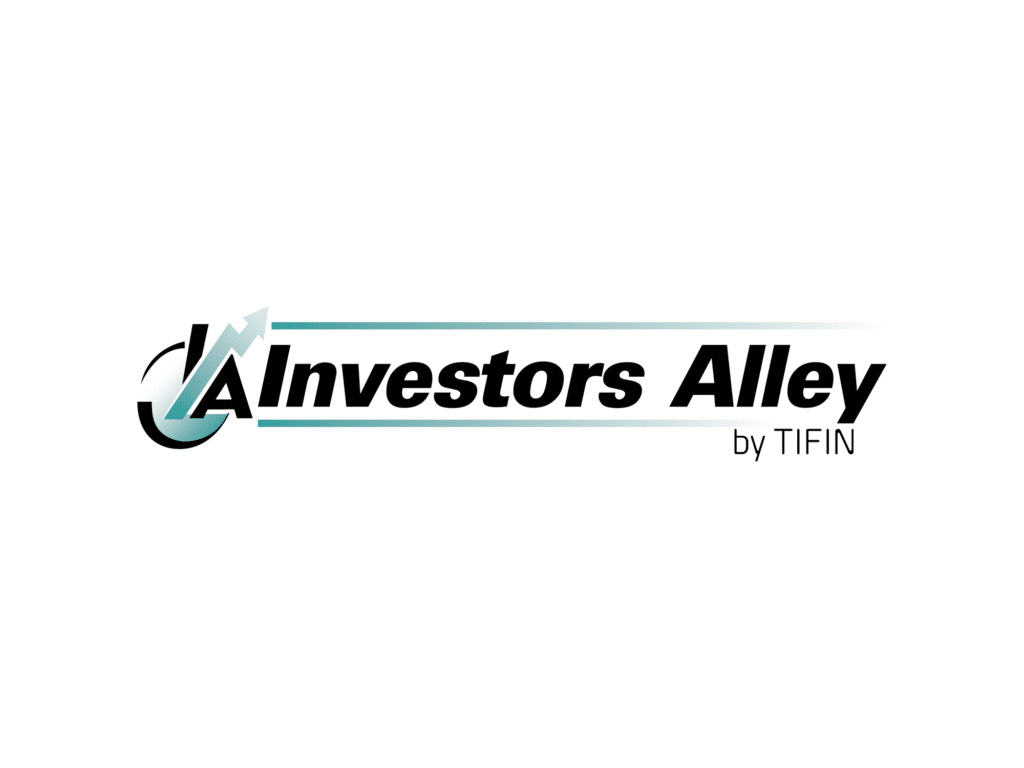The pharma giant GSK PLC (GSK) is working to emerge from years with a share price that goes nowhere. The company’s CEO, Emma Walmsley, is still trying to convince investors that she is delivering a “new chapter of growth” after many years of underperformance.
GSK shares are down 3% over the past five years, while its U.K. pharma peer, AstraZeneca (AZN), has soared more than 125%. AstraZeneca shareholders are willing to pay 20 times forward earnings per share for 2023, while GSK’s shareholders are barely willing to pay 10 times earnings.
GSK’s Turnaround
Turning around GSK may be like trying to turn an oil tanker. But make no mistake—Walmsley is turning the GSK ship around.
Last year, the company completed its biggest restructuring in 20 years, spinning off its consumer health division, which sold the company’s over-the-counter medicines, as Haleon (HLN).
So now, investors are now focused on how GSK will spend the £7 billion ($8.72 billion) payoff it earned from the split to make acquisitions to fill its drug pipeline.
GSK needs to re-stock its “medicine cabinet” ahead of the expected loss of exclusivity on its HIV drug, dolutegravir (marketed as DOVATO), towards the end of this decade. It is a big hole to fill: products using dolutegravir generated $1.62 billion in the latest quarter, about 19% of total revenues of $8.72 billion.
One attempt to partially fill that gap is an agreement to acquire Canadian biotech firm Bellus Health for $2 billion. Bellus has a medicine for chronic refractory cough (CRC), a debilitating and persistent condition that GSK says affects 10 million people worldwide. The drug, camlipixant, is in late-stage trials.
Luke Miels, GSK’s chief commercial officer, said camlipixant had the potential to be “best-in-class” for CRC, for which there are no approved medicines in the U.S. or Europe. If approved, GSK expects to launch the drug in 2026 and see a contribution to its earnings from the following year. Sales could hit $1.1 billion by 2028, according to Wall Street estimates.
The proposed acquisition builds on GSK’s expertise in respiratory therapies. Last year, sales of GSK’s drug for severe asthma, Nucala, rose 25% to $1.74 billion, while revenue from Trelegy, a treatment for asthma and chronic obstructive pulmonary disease (COPD), soared 42%, to $2.12 billion.
Another area of strength for GSK is its vaccine division, which developed the blockbuster Shingrix shingles vaccine. The company has now developed the first-ever vaccine for a common infection, respiratory syncytial virus (RSV). GSK believes its RSV vaccine presents a similar sized market opportunity as its shingles vaccine, which generated over $1 billion of sales in the first quarter. The vaccine may be approved soon in both the U.S. and Europe.
RSV leads to about 2.1 million outpatient visits annually in the U.S., between 58,000 and 80,000 hospitalizations, and 100–300 deaths among children under than 5. For patients 65 or older, each year brings about 60,000–120,000 hospitalizations and 6,000–10,000 deaths, according to the CDC.
The total global market for RSV vaccines is thought to be worth more than $10 billion per year.
Why Buy GSK?
The market seems to be underappreciating the steady core sales growth that was shown in the latest quarter and will likely continue for several years. Also, the market is overly concerned by the Zantac litigation, which I expect will be settled for close to $1 billion, not the $30 billion being sought.
In the latest quarter, GSK’s total sales increased 10% operationally, excluding the expected COVID-19 product sales decline. The growth was broad-based, with solid traction for vaccines (up 15%), HIV (up 15%), and general respiratory (up 10%). GSK’s shingles vaccine Shingrix (up 11%) looks well positioned to post significant gains as more manufacturing capacity has been building.
Sales of longer-acting HIV drugs Cabenuva and Apretude each grew over 100% and now represent close to 10% of HIV drug sales. GSK’s respiratory drug Trelegy (up 28%) is poised for further gains based on leading efficacy in chronic obstructive pulmonary disease (COPD), and the complexity of the molecule likely means less competitive pressure following the 2027 U.S. patent loss.
On the pipeline side, GSK is making solid progress. I expect U.S. approval for GSK’s RSV vaccine in May, with peak annual sales potential over $2 billion. Also, later in the quarter, solid data should be available about the RSV vaccine testing’s durability over two years. This will enable increased pricing power and a stronger position versus competing vaccines. Also, I expect approval for myelofibrosis drug momelotinib in June for patients at higher risk for anemia, leading to another billion-dollar annual sales opportunity
Using industry parlance, GSK’s new formula for success is still undergoing early phase trials.
The good news for value investors is that GSK’s stock still trades at a one-third discount to the overall pharmaceutical sector. The shares currently trade on a forward price/earnings ratio of 9 for the 2024 financial year, which is a significant discount to their peers, with a group average of 15. And the modest size of the Bellus acquisition leaves GSK well positioned to make further deals, as leverage has fallen and cash is still plentiful thanks to the Haleon spin-off.
GSK also pays a decent quarterly dividend. The latest declared dividend is $0.35 per share, giving GSK a yield of 3.85%.
In addition to the ongoing Zantac litigation over whether Zantac causes cancer, concerns persist over the drugmaker’s long-term growth prospects. However, I believe the improving drugs pipeline means that GSK’s days of underperformance are disappearing into the rear-view mirror.
That makes it a buy anywhere in the mid-$30s.

